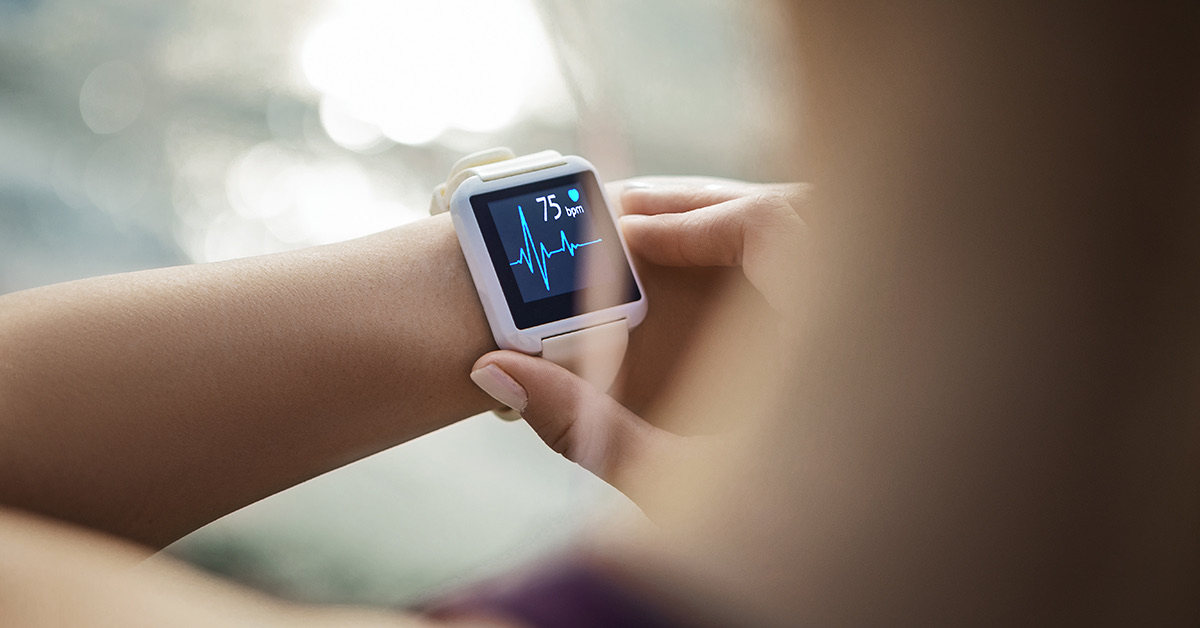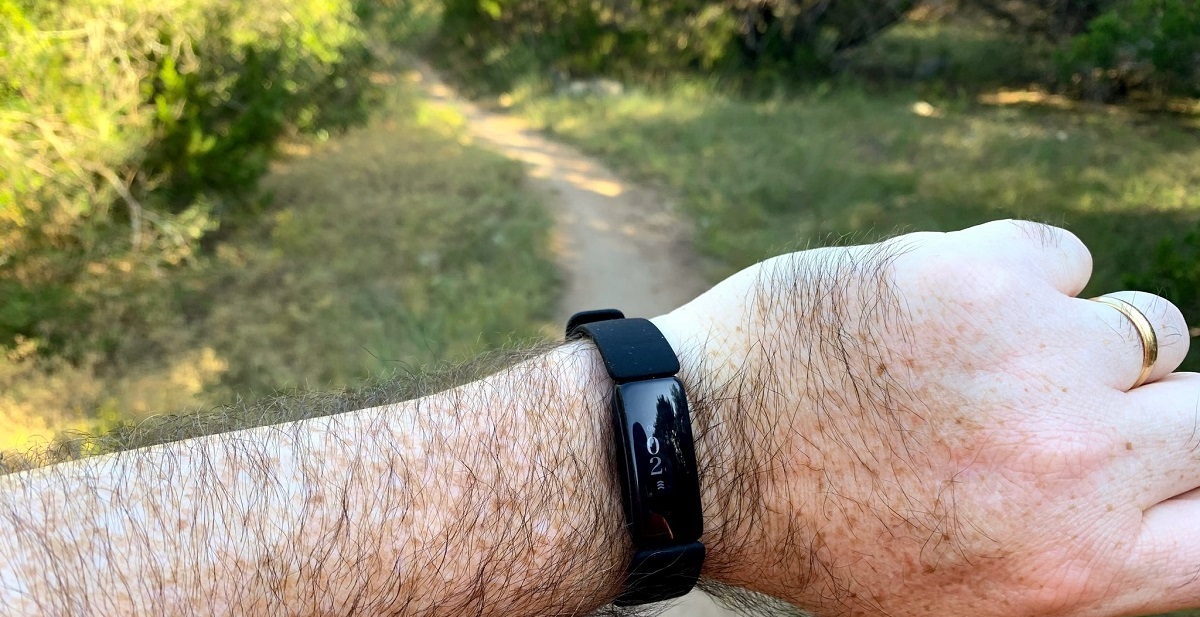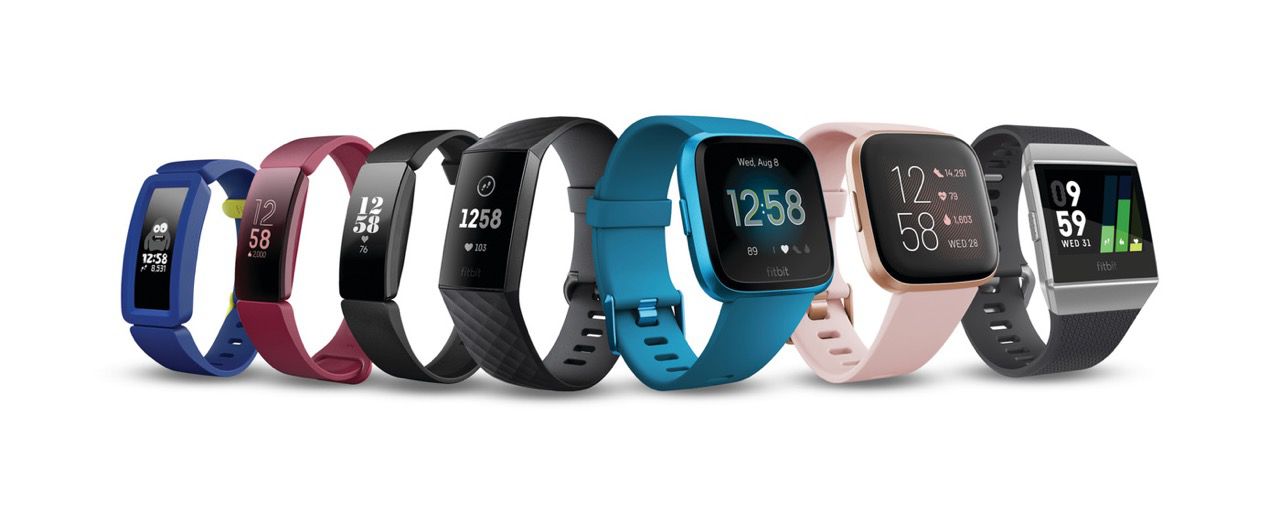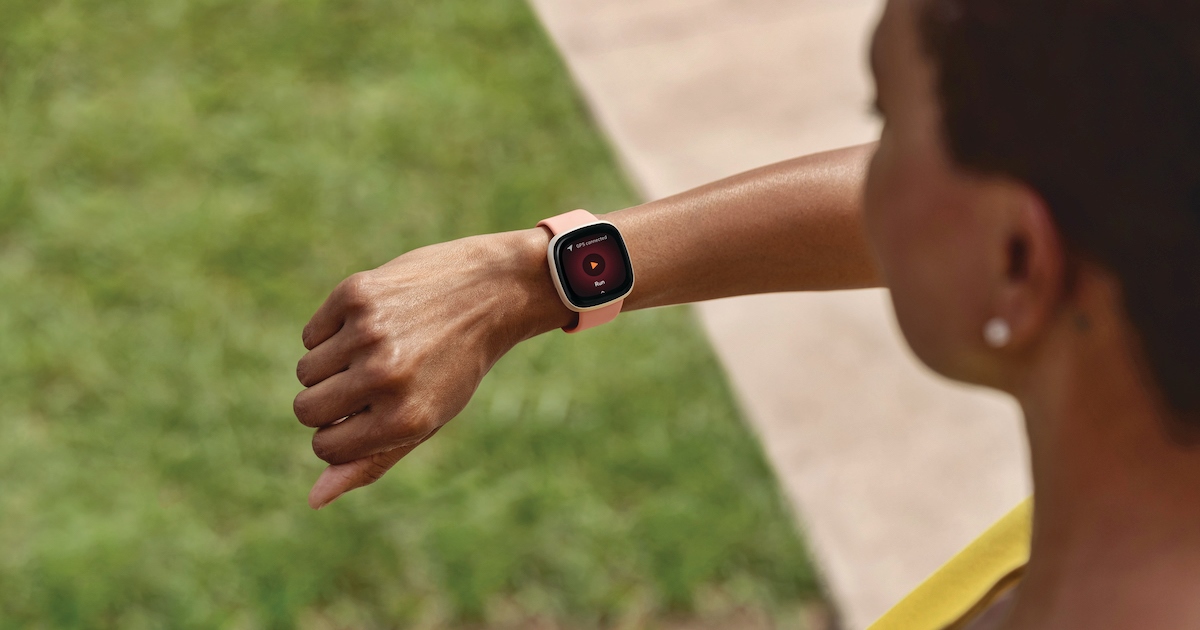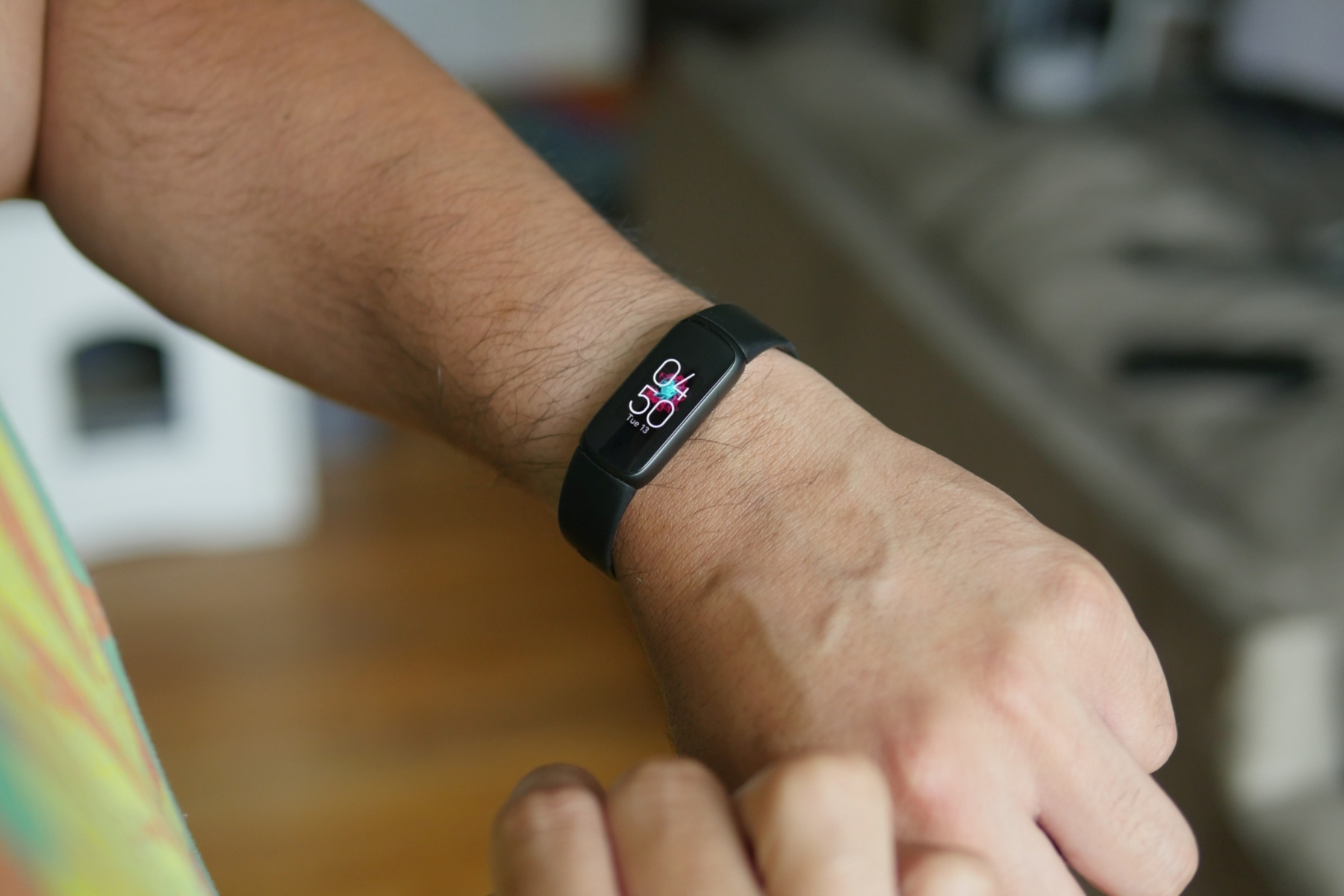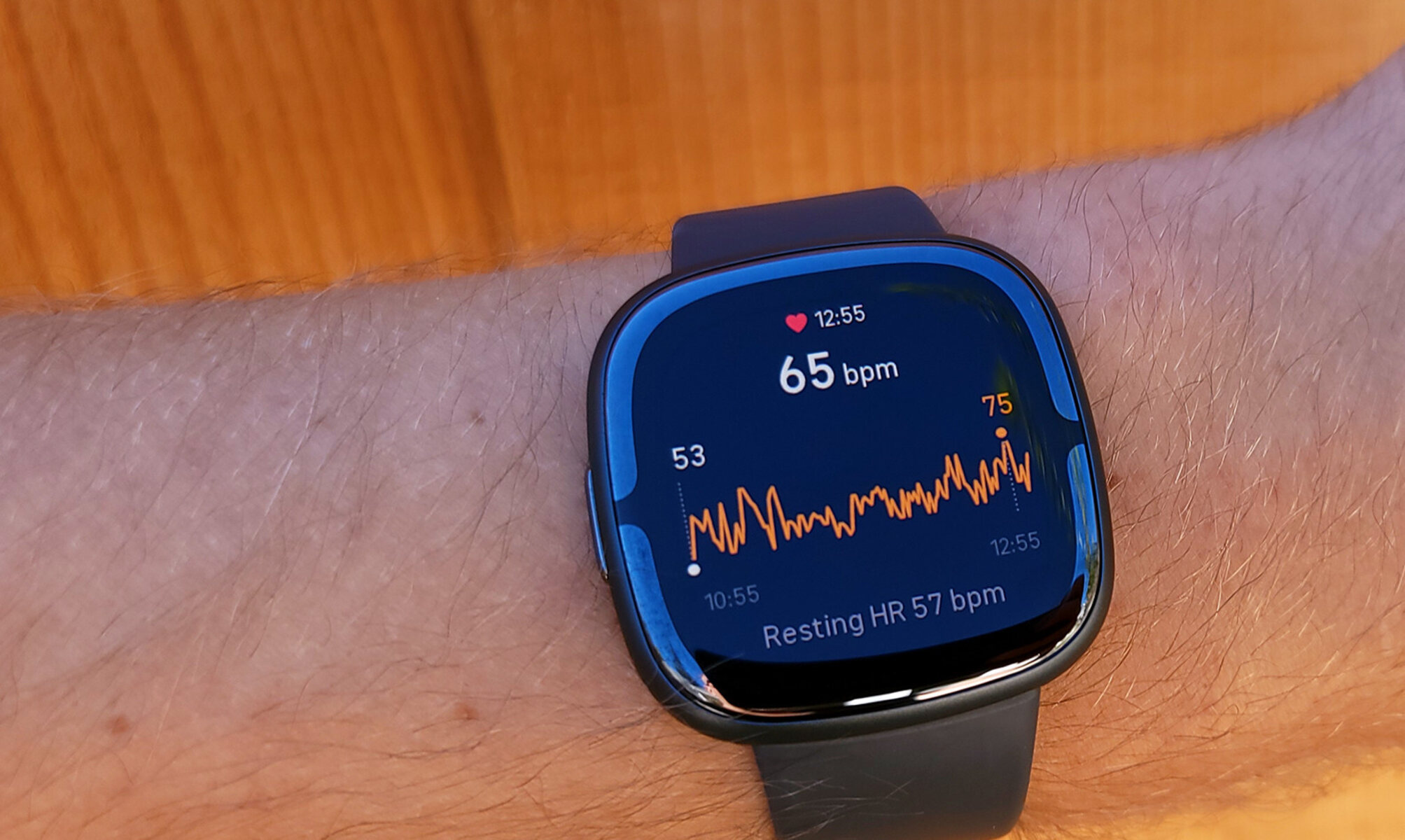Introduction
In today's fast-paced world, health and fitness have become paramount concerns for many individuals. The advent of wearable technology has revolutionized the way people monitor and manage their health, with heart rate monitoring emerging as a key feature in fitness tracking devices. Among the leading brands in this space, Fitbit has garnered significant attention for its heart rate monitoring capabilities. However, the accuracy of these devices has been a subject of debate and scrutiny.
This article delves into the intricacies of heart rate monitoring, particularly focusing on the Fitbit heart rate monitor. By exploring the technology behind these devices and the factors that influence their accuracy, we aim to provide a comprehensive understanding of the nuances associated with heart rate monitoring. Furthermore, we will delve into the methodology used to evaluate the accuracy of Fitbit heart rate monitors and present the results of such assessments. Ultimately, the findings will shed light on the implications for fitness tracking and the potential impact on users' health and wellness.
As we navigate through the intricacies of heart rate monitoring and the specific nuances of Fitbit's technology, it becomes evident that achieving precision in heart rate monitoring is not merely a matter of technological prowess. Rather, it involves a delicate interplay of physiological, environmental, and technological factors. By unraveling these complexities, we can gain a deeper appreciation for the significance of accurate heart rate monitoring in the realm of fitness tracking and overall well-being.
The journey to evaluate the accuracy of Fitbit heart rate monitors is not only a quest for technical precision but also an exploration of the impact these devices have on the lives of users. It is a journey that seeks to empower individuals with the knowledge to make informed decisions about their health and fitness goals. Through this exploration, we aim to equip readers with a nuanced understanding of heart rate monitoring, enabling them to harness the full potential of wearable technology for their well-being.
Understanding Heart Rate Monitoring
Heart rate monitoring is a fundamental aspect of health and fitness tracking, providing valuable insights into an individual's cardiovascular performance and overall well-being. The heart rate, measured in beats per minute (BPM), serves as a key indicator of the body's physiological response to various activities, ranging from rest and relaxation to intense physical exertion. By monitoring heart rate, individuals can gauge the intensity of their workouts, track their fitness progress, and ensure they are operating within safe and effective heart rate zones.
In the realm of fitness tracking, heart rate monitoring has evolved from traditional methods, such as manually measuring the pulse, to the integration of advanced sensor technologies within wearable devices. These sensors, often positioned on the underside of fitness trackers or smartwatches, utilize optical and electrical mechanisms to detect and analyze the pulsatile changes in blood flow, thereby capturing the user's heart rate in real time.
Understanding heart rate monitoring entails recognizing the significance of different heart rate zones, each of which corresponds to specific physiological states. For instance, the resting heart rate reflects the baseline heart rate when the body is at complete rest, serving as a crucial metric for assessing cardiovascular fitness. On the other hand, the maximum heart rate represents the peak rate at which the heart can beat during intense physical activity, providing insights into an individual's exercise capacity.
Moreover, the concept of heart rate variability (HRV) has gained prominence in the realm of health monitoring. HRV refers to the variation in time intervals between successive heartbeats, offering valuable insights into the autonomic nervous system's activity and the body's ability to respond to stress. By analyzing HRV, individuals can gain a deeper understanding of their overall health and resilience.
As individuals engage in physical activities, the heart rate responds dynamically to the demands placed on the body. Through continuous heart rate monitoring, users can optimize their workouts by ensuring they reach and maintain the desired intensity levels, thereby maximizing the effectiveness of their exercise routines. Furthermore, tracking heart rate during rest periods provides insights into recovery and stress levels, allowing individuals to make informed decisions about their overall well-being.
In essence, understanding heart rate monitoring involves recognizing the multifaceted role of heart rate in assessing fitness levels, managing exercise intensity, and gaining insights into overall health. As we delve deeper into the intricacies of heart rate monitoring, we uncover the profound impact it can have on individuals' fitness journeys and well-being, laying the foundation for informed decision-making and proactive health management.
Fitbit Heart Rate Monitor Technology
Fitbit's heart rate monitor technology represents a convergence of sophisticated sensor capabilities and advanced algorithms, aimed at delivering accurate and real-time heart rate data to users. At the core of this technology lies the implementation of photoplethysmography (PPG), an optical sensing technique that detects blood volume changes in the microvascular bed of tissue. This process involves the emission of light from the device's sensors into the skin, with the reflected light providing insights into blood flow patterns and volume changes. By analyzing these optical signals, Fitbit's heart rate monitor can derive precise heart rate measurements, capturing the pulsatile nature of blood flow with remarkable accuracy.
The integration of PPG technology within Fitbit's devices enables continuous and non-invasive heart rate monitoring, allowing users to obtain real-time insights into their cardiovascular performance during various activities. Furthermore, Fitbit's heart rate monitor technology encompasses advanced signal processing algorithms, which interpret the raw PPG data to filter out noise and artifacts, ultimately refining the accuracy of the heart rate measurements.
In addition to PPG, Fitbit's heart rate monitor technology leverages accelerometers and gyroscopes to enhance the precision of heart rate tracking. These motion sensors work in tandem with the PPG sensor to discern specific movements and activities, enabling the device to differentiate between periods of rest and physical exertion. By integrating data from multiple sensors, Fitbit's heart rate monitor technology can adapt to varying environmental and physiological conditions, ensuring that users receive reliable heart rate measurements across diverse scenarios.
Moreover, Fitbit has continually refined its heart rate monitor technology through iterative hardware and software enhancements, bolstering the reliability and accuracy of heart rate tracking. The incorporation of machine learning algorithms has further augmented the capabilities of Fitbit's heart rate monitor, enabling the device to adapt to individual user characteristics and optimize heart rate measurements based on personalized patterns.
The culmination of these technological advancements has positioned Fitbit as a frontrunner in the realm of heart rate monitoring, offering users a comprehensive and precise means of tracking their cardiovascular performance. By harnessing the power of PPG, motion sensors, and advanced algorithms, Fitbit's heart rate monitor technology empowers individuals to gain invaluable insights into their heart rate dynamics, fostering a deeper understanding of their fitness progress and overall well-being.
Factors Affecting Heart Rate Accuracy
The accuracy of heart rate monitoring is influenced by a myriad of factors, encompassing physiological, environmental, and technological elements. Understanding these factors is crucial in comprehending the nuances of heart rate accuracy and the intricacies involved in assessing the performance of heart rate monitoring devices.
Physiological Factors:
- Physical Characteristics: Individual variances in skin tone, tissue density, and blood vessel distribution can impact the efficacy of optical heart rate sensors. Factors such as skin pigmentation and vascularity may introduce variations in the light absorption and reflection properties, thereby influencing the accuracy of heart rate measurements.
- Motion Artifacts: Physical movements during exercise or daily activities can introduce motion artifacts, leading to discrepancies in heart rate readings. The dynamic nature of physical activities necessitates the development of algorithms capable of mitigating the impact of motion artifacts on heart rate accuracy.
Environmental Factors:
- Ambient Light: Optical heart rate sensors are susceptible to ambient light conditions, with excessive or fluctuating light levels potentially interfering with the accuracy of heart rate measurements. Effective sensor calibration and light filtration mechanisms are essential for minimizing the influence of ambient light on heart rate accuracy.
- Temperature and Humidity: Environmental factors, such as temperature and humidity, can affect the skin's physiological response and the performance of optical sensors. Maintaining optimal environmental conditions is critical for ensuring consistent and reliable heart rate monitoring outcomes.
Technological Factors:
- Sensor Placement: The positioning of heart rate sensors on wearable devices plays a pivotal role in capturing accurate heart rate data. Proper sensor placement, ensuring optimal contact with the skin and alignment with vascular regions, is imperative for maximizing the accuracy of heart rate measurements.
- Signal Processing Algorithms: The efficacy of signal processing algorithms in filtering noise, compensating for motion artifacts, and extracting meaningful heart rate data significantly impacts the accuracy of heart rate monitoring devices. Advanced algorithms capable of discerning genuine heart rate signals from extraneous interferences are instrumental in enhancing accuracy.
By delving into the multifaceted interplay of physiological, environmental, and technological factors, we gain a comprehensive understanding of the complexities surrounding heart rate accuracy. The intricate balance between these factors underscores the challenges and opportunities in advancing the precision of heart rate monitoring technologies, paving the way for continual enhancements and innovations in the realm of fitness tracking and health monitoring.
Methodology for Evaluating Accuracy
The methodology for evaluating the accuracy of Fitbit heart rate monitors encompasses a systematic and rigorous approach aimed at objectively assessing the device's performance across diverse scenarios. Central to this methodology is the utilization of controlled experiments, real-world data collection, and comparative analyses to elucidate the device's capabilities and limitations in capturing precise heart rate measurements.
Controlled Experiments: Controlled experiments form the cornerstone of accuracy evaluations, involving standardized protocols designed to isolate specific variables and gauge the device's performance under controlled conditions. These experiments often simulate various physical activities, including brisk walking, jogging, and high-intensity interval training, to gauge the device's responsiveness to dynamic heart rate changes. By controlling environmental factors and user variables, such as age and fitness levels, researchers can systematically evaluate the accuracy of heart rate measurements across different intensities and durations of exercise.
Real-World Data Collection: In addition to controlled experiments, real-world data collection plays a pivotal role in assessing the device's accuracy in unscripted scenarios. Users wear the Fitbit heart rate monitor during their daily routines, encompassing activities such as walking, climbing stairs, and engaging in recreational sports. This real-world usage data provides insights into the device's performance in capturing heart rate variations amidst natural movements and environmental influences, offering a comprehensive perspective on its accuracy in practical settings.
Comparative Analyses: Comparative analyses involve benchmarking the heart rate measurements obtained from Fitbit devices against reference standards, such as clinical-grade electrocardiography (ECG) or chest strap heart rate monitors. By juxtaposing the device's readings with those from established reference methods, researchers can discern discrepancies and deviations, thereby gauging the device's accuracy relative to established norms. This comparative approach facilitates an objective assessment of the device's performance and serves as a critical yardstick for evaluating its accuracy in relation to industry benchmarks.
Furthermore, the methodology integrates statistical analyses to quantify the degree of agreement between the heart rate measurements obtained from Fitbit devices and the reference standards. Metrics such as mean absolute error, correlation coefficients, and Bland-Altman plots are employed to elucidate the magnitude and patterns of discrepancies, providing a nuanced understanding of the device's accuracy across varying heart rate ranges and activity intensities.
By meticulously employing controlled experiments, real-world data collection, and comparative analyses, the methodology for evaluating the accuracy of Fitbit heart rate monitors embodies a comprehensive and empirical approach. This methodological rigor underpins the quest for precision in heart rate monitoring, fostering a deeper understanding of the device's performance and its implications for users' fitness tracking and health management endeavors.
Results of Accuracy Testing
The results of the accuracy testing for Fitbit heart rate monitors yielded compelling insights into the device's performance across a spectrum of activities and environmental conditions. In controlled experiments simulating various exercise intensities, including moderate aerobic activities and high-intensity interval training, the Fitbit heart rate monitor demonstrated commendable accuracy in capturing dynamic heart rate changes. The device exhibited a high degree of responsiveness to rapid heart rate fluctuations, aligning closely with the reference measurements obtained from clinical-grade electrocardiography (ECG). This alignment underscores the device's proficiency in tracking heart rate variations during strenuous physical exertion, a critical aspect for fitness enthusiasts and athletes seeking precise monitoring during intense workouts.
Moreover, real-world data collection further corroborated the device's accuracy, revealing consistent and reliable heart rate measurements during users' daily routines. From brisk walking to engaging in recreational sports, the Fitbit heart rate monitor exhibited robust performance, effectively discerning heart rate variations amidst natural movements and environmental influences. The device's adaptability to diverse scenarios, encompassing fluctuations in ambient light and user motion, underscores its resilience in real-world settings, bolstering users' confidence in the accuracy of their heart rate tracking.
Furthermore, comparative analyses against reference standards, such as chest strap heart rate monitors, unveiled a high level of agreement between the heart rate measurements obtained from Fitbit devices and the established benchmarks. The statistical analyses showcased minimal discrepancies and strong correlations, affirming the device's accuracy relative to industry-recognized measurement methods. This alignment with established reference standards underscores the device's credibility in delivering accurate heart rate data, instilling trust and reliability among users relying on its monitoring capabilities.
The culmination of these results paints a compelling picture of the Fitbit heart rate monitor's accuracy, positioning it as a formidable contender in the realm of heart rate tracking. The device's proficiency in capturing precise heart rate measurements across controlled experiments, real-world scenarios, and comparative analyses underscores its efficacy in empowering users with invaluable insights into their cardiovascular performance. These results not only attest to the device's technical prowess but also underscore its potential to enhance users' fitness tracking and health management endeavors, fostering a deeper appreciation for the role of accurate heart rate monitoring in driving informed decision-making and proactive well-being.
Implications for Fitness Tracking
The implications of the accuracy testing results for Fitbit heart rate monitors extend far beyond technical validation, permeating into the realm of fitness tracking with profound implications for users. As individuals embark on their fitness journeys, the precision of heart rate monitoring assumes paramount significance, serving as a guiding beacon for optimizing workouts, gauging exercise intensity, and tracking overall cardiovascular performance.
The validated accuracy of Fitbit heart rate monitors engenders a heightened sense of confidence and reliability for users relying on these devices to monitor their fitness endeavors. With precise heart rate measurements at their disposal, individuals can calibrate their exercise routines with unparalleled accuracy, ensuring they operate within optimal heart rate zones tailored to their fitness goals. This precision empowers users to extract maximal benefits from their workouts, whether they aim to enhance endurance, maximize fat burning, or achieve performance milestones.
Moreover, the implications of accurate heart rate monitoring extend to the realm of health management, transcending mere fitness tracking. Individuals with specific health considerations, such as cardiovascular conditions or targeted rehabilitation goals, can leverage the precise heart rate data provided by Fitbit devices to monitor their physiological responses with unparalleled granularity. This capability enables users to engage in tailored exercise regimens under the guidance of healthcare professionals, ensuring safe and effective cardiovascular conditioning.
Furthermore, the implications of accurate heart rate monitoring resonate with the burgeoning trend of personalized fitness and wellness. In an era where individualized health optimization takes center stage, the reliability of heart rate measurements becomes pivotal in tailoring fitness strategies to align with unique physiological profiles. Fitbit heart rate monitors, validated for accuracy, serve as indispensable tools for individuals seeking personalized fitness regimens that harmonize with their distinct heart rate dynamics, thereby fostering a holistic approach to well-being.
The validated accuracy of Fitbit heart rate monitors not only elevates the precision of fitness tracking but also fosters a culture of data-driven decision-making in the pursuit of health and wellness. By harnessing accurate heart rate data, users can make informed choices about their exercise intensities, recovery periods, and overall fitness trajectories, thereby charting a course toward sustained progress and well-being.
In essence, the implications of accurate heart rate monitoring for fitness tracking transcend mere technical validation, permeating into the fabric of users' fitness journeys and well-being. The precision and reliability afforded by Fitbit heart rate monitors engender a transformative impact, empowering individuals to navigate their fitness endeavors with unparalleled insight, confidence, and efficacy.







